Gotham Knights is a curious thing. It’s a Batman game with no Batman and an Arkham-ish game with no connection to the Arkham games. It’s a conspiratorial mystery that spends more time on punching than hunting down clues. It’s a current-generation console exclusive that plays like something from the last generation and runs like something even older. It’s a mess of contradictions — and, unfortunately, it rarely feels like anything more than a mess.
Gotham Knights begins with the much-touted death of the Batman. The caped crusader finds himself trading blows with longtime enemy and on-again off-again dead guy Ra’s al Ghul, and, for the first and final time, he’s outmatched. Ever-prepared, he sets off a bomb, bringing down the Batcave and sacrificing his life. Why does Bruce Wayne feel so comfortable leaving Gotham without its fiercest protector? Because he’s got four apprentices waiting in the wings.

Everything up to this point is phenomenal. Gotham Knights’ opening cutscene establishes a lot in a very brief period. Batman’s characterization is so clean that, despite the audience only knowing this incarnation of the character for a couple of minutes, his death feels truly tragic. His brawl with Ra’s al Ghul is also a sight to behold, an exhilaratingly well-choreographed and well-framed duel. It’s only when the player is given control that the flaws start rearing their heads.
The first, most glaringly obvious issue with Gotham Knights is its frame rate. While Gotham Knights can achieve 60 FPS on PC, on consoles, the game is locked to 30 FPS, a ridiculous constraint given that the game is exclusive to PlayStation 5 and Xbox Series X|S. 60 FPS performance modes have become the standard for current-generation games, and Gotham Knights feels truly sluggish without that extra boost. There’s not really a good reason for a blockbuster title like this to launch without any performance options at all. What’s more insulting than the low frame rate, though, is that the game still regularly dips below that 30 FPS target.
Unfortunately, choppy frames are the least of Gotham Knights’ problems. Poor optimization and performance would be forgivable if the game itself was enjoyable, but, unfortunately, the gameplay ranges from “nothing to write home about” to “outright bad.” Every character controls incredibly stiffly, which is irritating in combat and profoundly frustrating in every other context. Puzzles in this title are never actually difficult, but they’re also never enjoyable, since inputting the solution requires controlling characters whose movement is finnicky and unnatural. This issue only becomes worse in the handful of obstacle courses in the game.

One of the major selling points of Gotham Knights is that it allows players to play as one of four different Bat-Family benchwarmers: Batgirl, Red Hood, Nightwing, and Robin. Advertising for the game has boasted about the dramatic differences in combat play styles between characters, and, to the game’s credit, they can each play differently.
Batgirl is both an agile fighter and a master hacker, meaning she can manipulate the field to her advantage (when the game is gracious enough to place electronics on the field in a meaningful way). Red Hood is the only member of the crew not to adhere to Batman’s strict no-guns rule, so playing as him turns the game into a bona fide third-person shooter. Robin likes to keep his distance from enemies, favoring attacks from above. Nightwing, ever the acrobat, jumps and flips around the field, with special attacks that allow him to bounce on enemies’ heads à la Mario.
All of these differences can make Gotham Knights feel truly varied, and progression carries over across characters, a nice touch that means no member of the crew is ever truly underpowered. Unfortunately, it’s rare that any of these seemingly dramatic shifts in play style ever become necessary. Regardless of character, most encounters are cleared the old-fashioned way: pulling off one-button stealth kills until an enemy spots the player, then mashing the attack and dodge buttons until victory arrives without much fanfare.

The exceptions to this rule are the boss battles, some of which are truly very engaging, at least for the first few minutes. Bosses represent major shake-ups, and they usually demand that the player actually use the tools at their disposal. After a minute or two, though, Gotham Knights’ bosses go from exciting and uncommon encounters to extremely tedious affairs. Developer WB Games Montreal has a very limited concept of difficulty that largely consists of making the enemy’s health bar very big, meaning that once the player learns the pattern of the boss, it becomes a matter of carrying out the same actions while watching the same largely unpleasant combat animations play out until the very big bar becomes a very small bar. This means that bosses, while initially exciting, ultimately end up feeling like insignificant diversions.
A lot of elements of Gotham Knights feel like diversions. The crafting system is almost comically pointless — going into the crafting menu every couple of hours and clicking on whichever suit or weapon has the biggest number next to it is enough to progress through the entire game. Distributing ability points is similarly tacked on; each character has a few skill trees, but there are nearly no branching paths and the skills are so cheap that they basically unlock themselves. Build variety doesn’t exist since the best and easiest option is always to unlock every skill. Not much time was spent in co-op for this review, but what little play occurred felt ultimately indistinguishable from single-player. These are systems for systems’ sake, and they do little more than make the game clumsier and less fluid.

Despite all of this, it’s hard to dismiss Gotham Knights entirely. Make no mistake, the game is bad. But everything around the game is actually very good. The four heroes, for example, are written with a stunning sense of personality and emotion. Each of them has their own internal struggle — Batgirl, aka Barbara Gordon, is dealing with the loss of both Batman and her father, Jim Gordon, and the responsibility that comes with filling both of their shoes; Red Hood, aka Jason Todd, is making up for lost time after dying and being resurrected; Nightwing, aka Dick Grayson, was Batman’s first sidekick, and filling his mentor’s shoes is a major stumbling block; Robin, aka Tim Drake, is the youngest of the crew, and he feels as though he didn’t get the chance to grow out of Batman’s shadow.
Each of these characters is written beautifully, and their individual arcs, presented through cutscenes that are unlocked through play, are often truly emotional. The rest of the game’s cast is given similar love, and they’re all brought to life by a truly phenomenal voice cast (of special note are Gildart Jackson as Alfred Pennyworth and Stephen Oyoung as Red Hood/Jason Todd). Interactions between characters feel dynamic and compelling, and each figure’s relationships with Gotham, Batman, and their fellow crime-fighters are explored to brilliant effect.

The game’s actual narrative is also exciting, if predictable, telling the story of a secret war in Gotham between the Court of Owls and the League of Shadows, two different shady murder cults seeking the secrets of eternal life. It’s a serviceable enough conspiracy thriller that gives some underutilized Batman villains some time in the spotlight. Other members of the Rogues Gallery are given their time to shine in similarly well-written side quests. Little thought seems to have been put into how these side-stories tie into the main story (at one point, Mr. Freeze initiates a nuclear winter over Gotham, which has literally no impact on anything outside of one mission), but they still find exciting ways to reimagine classic villains. Harley Quinn, for example, has become an Elizabeth Holmes-esque pharma scammer in a turn that is truly quite fun.
The world of Gotham Knights is also a treat to explore. Even though combat quickly becomes mundane and repetitive, missions remain exciting solely for the details that can be gleaned about this new iteration of Gotham. Tons of love has obviously gone into making the city feel both familiar to old fans and inviting to newcomers. It feels truly lived-in and real while still maintaining the sense of gothic spookiness that’s been there from the start. If there’s one good reason to buy Gotham Knights, it’s to explore Gotham, grappling around its high-rise office buildings and underserved slums.
Unfortunately, none of these pros are really enough to outweigh the cons. Gotham Knights isn’t a total waste of time, but it is a bit of a headscratcher. By the time the credits roll, it’s hard not to feel like the worst moments of this video game were the video game, and the best moments were the ones that were totally uninteractive. If Gotham Knights were a comic miniseries or, say, a television series on the CW, it would be easy to recommend. As a video game, though, it’s more of an odd, uneven experience than a particularly good one.
Gotham Knights releases on Oct. 21, 2022, for PlayStation 5, Xbox Series X|S and Microsoft Windows. A review copy was provided by the publisher.
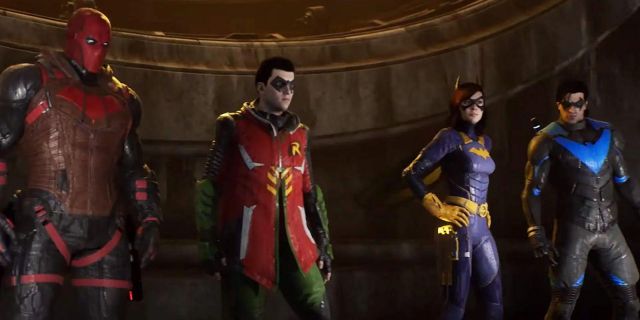



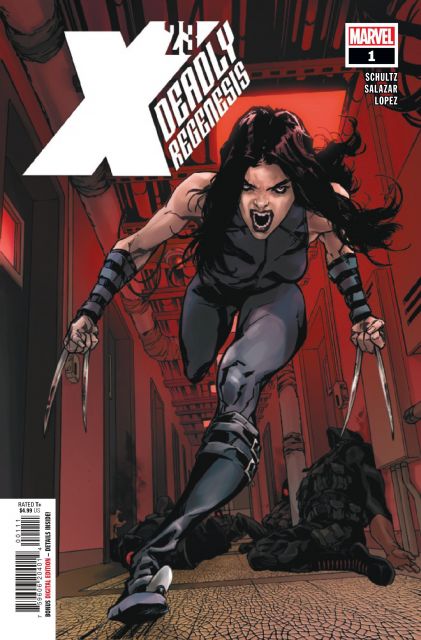
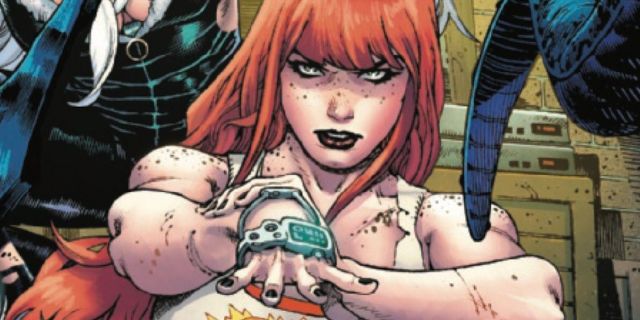
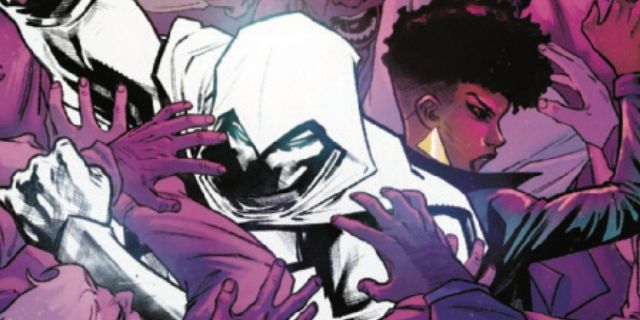


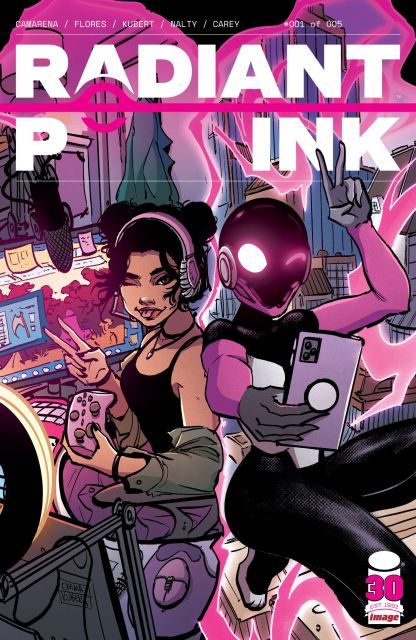





Leave a Reply